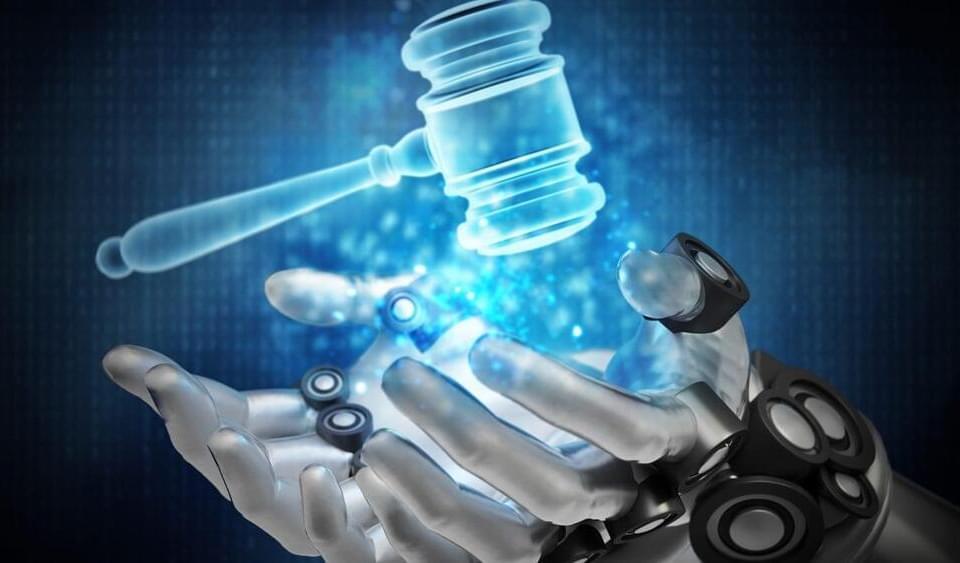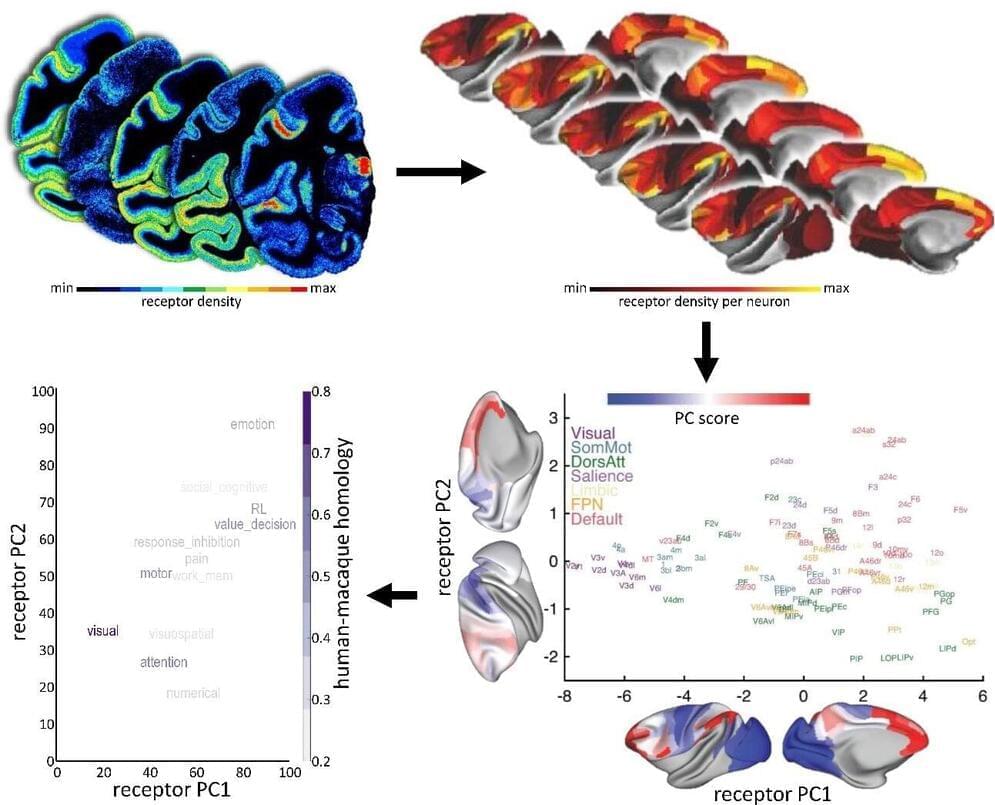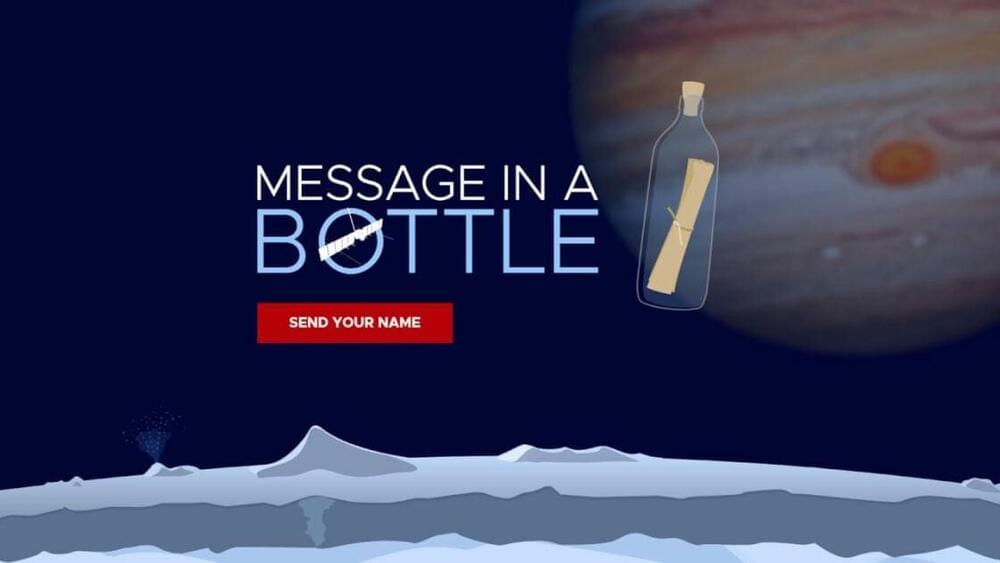Will take place will take place June 19–21, 2023, Washington DC, Gaylord National Harbor.


Tesla has released a rare and interesting look at its latest Supercharger monitoring system, which will become an important tool for managing an increasingly valuable asset.
Older Tesla owners will remember the days when the automaker was operating Supercharger monitoring systems on screens at a select few stations.
You could see the entire global use and output of the Supercharger network on these screens. They were really interesting, and we used them in our reporting a few times.


For years, machine learning has been used to analyse human languages or decode ancient communication. Now scientists are harnessing the power of artificial intelligence (AI) to decode animal languages, making two-way communication with another species more likely than ever before. Video by: Pedro Films and Tree House Productions Executive Producer: Camelia Sadeghzadeh.
There are already countless songs on Spotify, Apple Music, and SoundCloud. And as tunes become easier to create, anyone can add to the copyright din.

A key challenge in neuroscience is to understand how the brain can adapt to a changing world, even with a relatively static anatomy. The way the brain’s areas are structurally and functionally related to each other—its connectivity—is a key component. In order to explain its dynamics and functions, we also need to add another piece to the puzzle: receptors.
Now, a new mapping by Human Brain Project (HBP) researchers from the Forschungszentrum Jülich (Germany) and Heinrich-Heine-University Düsseldorf (Germany), in collaboration with scientists from the University of Bristol (UK), New York University (U.S.), Child Mind Institute (U.S.), and University of Paris Cité (France) had made advances on our understanding of the distribution of receptors across the brain.
The findings were published in Nature Neuroscience, and the data is now freely available to the neuroscientific community via the HBP’s EBRAINS infrastructure.

NASA is offering everyone the opportunity to have their name sent on the 1.8-billion-mile journey to Jupiter next year.
The “Message in a Bottle” campaign (Opens in a new window) invites people to submit their names to NASA before 11:59 pm EST on Dec. 31, 2023. Those names will then be engraved on a microchip alongside a poem titled “In Praise of Mystery: A Poem for Europa” written by U.S. Poet Laureate Ada Limón.
Once completed, the chip will be loaded on to NASA’s Europa Clipper spacecraft (Opens in a new window) scheduled for launch in October 2024. It won’t reach Jupiter until April 2030, at which point Clipper will orbit the planet and make close to 50 flybys of the Europa moon at altitudes as low as 16 miles (25 kilometers) above the surface. The aim is to investigate whether Europa has the potential to support life.

Join us on Wednesday, June 21 at noon Pacific for the DIY Picosatellites Hack Chat with Nathaniel Evry!
Building a satellite and putting it in orbit was until very recently something only a nation had the resources to accomplish, and even then only a select few. Oh sure, there were a few amateur satellites that somehow managed to get built on a shoestring budget and hitch a ride into space, and while their stories are deservedly the stuff of legends, satellite construction took a very long time to be democratized.
Fast forward a half-dozen or so decades, and things have changed dramatically. Satellite launches are still complex affairs — it’s still rocket science, after all — but the advent of the CubeSat format and the increased tempo of launches, both national and commercial, has pushed the barriers to private, low-budget launches way, way down. So much so, in fact, that the phrase “space startup” is no longer something to snicker about.
